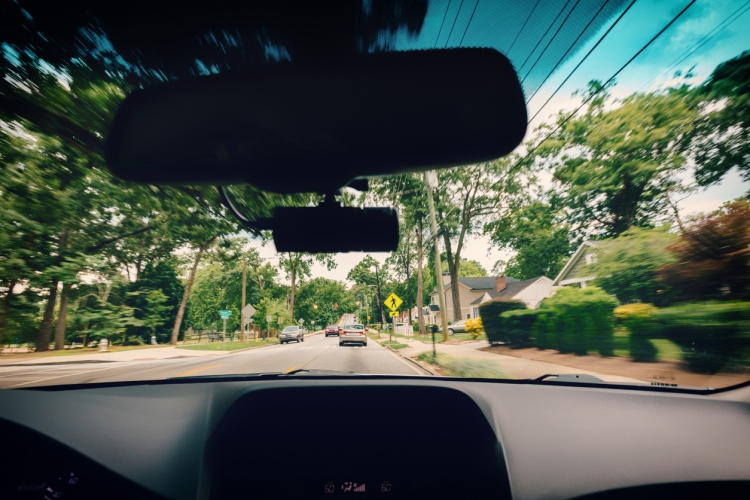If you’re moving to a brand-new area, consider researching a neighborhood before you move there. That way, you won’t have any surprises from your new neighborhood when you move. Here are some tips for researching a neighborhood:
1. Go for a (virtual or physical) walk
Whether you decide to drive down to your potential new neighborhood or use a tool like Walk Score, you should get an idea of what it’s like to walk around your neighborhood.
Walk Score can tell you whether there are fun places within walking distance and give you other information about whether the neighborhood will suit your lifestyle and needs. You also can learn about residential density, how accessible public transportation is, how close shopping and restaurants are, etc.
A real walk is the best option if you’re looking to learn about a neighborhood though. You even can stop and wave at potential neighbors and get a feel for the general friendliness of the area. Keep an eye out for busy streets or litter strewn about – these are things you’ll want to keep in mind (and things that a real estate agent may not volunteer).
2. Test out your commute to work
 Walk Score has a commute report, however, the best thing to do is to experience it yourself. If you can, head out from your potential address and make your way to work at the time of day you’d typically commute. You’ll get a more accurate idea of how much traffic you might encounter, what area drivers are like, and even where you could potentially grab a quick cup of coffee on the way to work. If you’re taking public transportation, check whether the commute seems peaceful or hectic during that time.
Walk Score has a commute report, however, the best thing to do is to experience it yourself. If you can, head out from your potential address and make your way to work at the time of day you’d typically commute. You’ll get a more accurate idea of how much traffic you might encounter, what area drivers are like, and even where you could potentially grab a quick cup of coffee on the way to work. If you’re taking public transportation, check whether the commute seems peaceful or hectic during that time.
3. Talk with your potential neighbors
If you know folks in the neighborhood, field your questions to them. Another option would be trying an online resource, like a Facebook group for the city/town or an app like Nextdoor.
Take responses with a grain of salt, though – people have different preferences when it comes to where they want to live, and that will come out through your conversations.
4. Check property values and crime rates
If you’re planning to buy a home, look at the property value trends for the neighborhood. Check to see if the prices are going up or are consistent, and be careful if the prices are trending downward. Property values can also give you an idea about whether the schools or parks will be well-funded and nice to visit.
Here are several tools you can use to check various crime rates in your neighborhood:
A simple Google search for your address also can help you find out local crime rates. Nowhere is totally crime-free, but with these tools, you can reduce your chances of moving into a neighborhood with a high crime rate.
Prioritize and gather your research
No neighborhood is perfect, but we hope you can find the best neighborhood for you. Remember to prioritize your research according to what is important to you, and if there’s something that you value that isn’t listed here, make sure that you research that as well.
Once you decide on a new neighborhood, you’ll need help moving in. Enjoy a stress-free move by hiring moving professionals to take care of your belongings so you won’t have to lift a finger.


